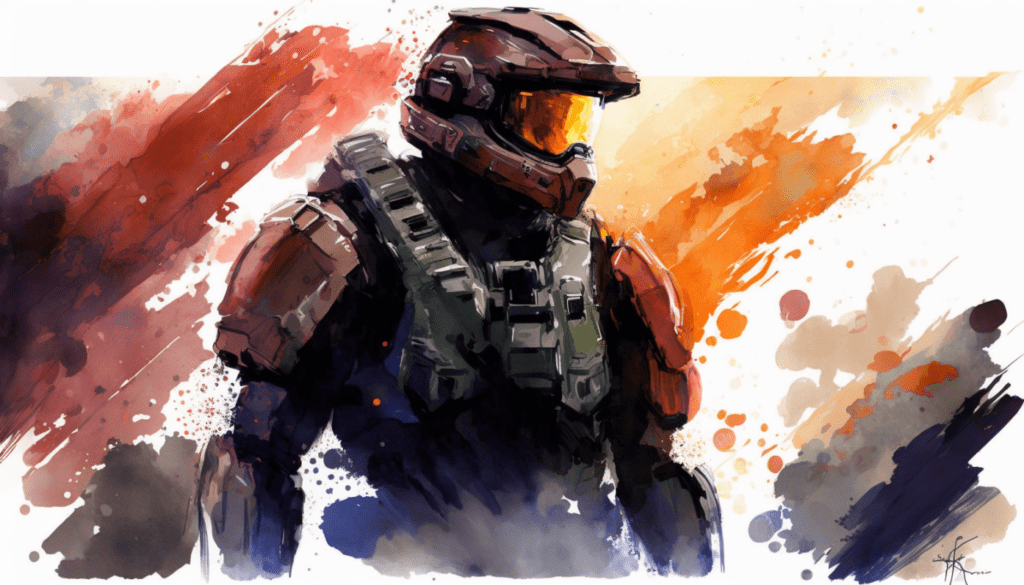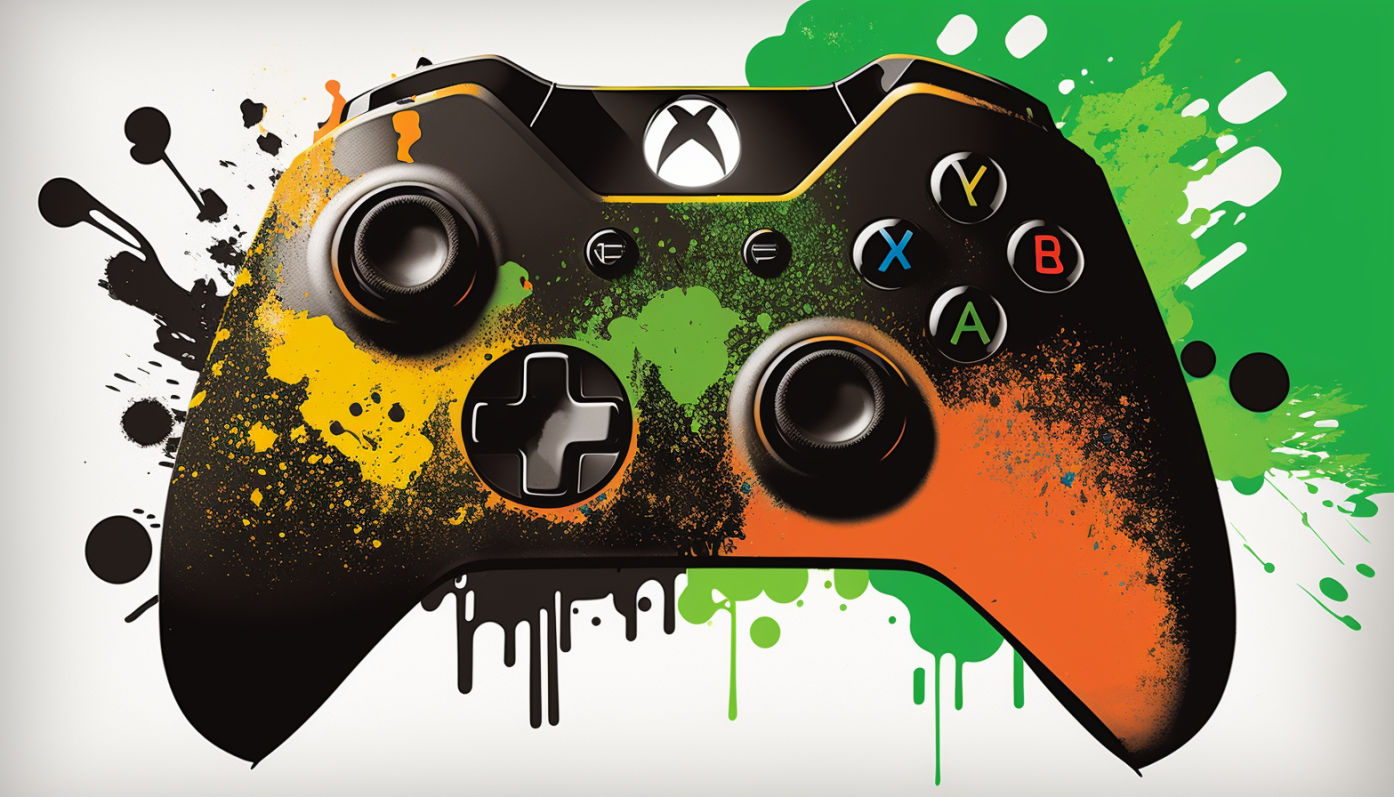In 2022, the global console gaming market experienced a decline of 7.8% (constant currency -2.1%) to $56.2bn, down from $60.9bn in 2021, according to data from Ampere Analysis. Unfortunately, the potential for better performance in 2022 was undermined by the lack of availability of PlayStation 5 and Xbox Series X console hardware and the delay of some major game releases into 2023 and beyond.
Xbox Series X/S has sold 18.5 million versus PS5’s 30 million analysis firm estimates
On top of that, a shift in consumer attention post-pandemic and a deteriorating macroeconomic landscape made it a challenging year for the industry. However, considering the circumstances, a 2.1% decline in constant currency can be seen as a generally positive result, and the market performance remains 18% ahead of pre-pandemic levels in 2019.

Despite a 1.3% fall from 2021, Sony continues to lead the global console market with a 45% share of total console hardware, games, and services spending across PlayStation consoles. Microsoft claimed the share that Sony shed, growing from 25.5% to 27.3%, while Nintendo shed 0.5% share. Sony maintains its commanding position in the console market due to sales of its relatively expensive PlayStation 5 hardware, the scale of its service business, and greater in-game monetization across games available on PlayStation consoles compared to Nintendo’s.
On the other hand, Microsoft and Nintendo had a similar global market share of spending on console gaming in 2022. Microsoft can match Nintendo’s share primarily due to the strength of its console services business, generating almost four times the spending compared to Nintendo’s Switch Online services.
PlayStation 5 and Xbox Series X sales were held back in 2022 due to a lack of availability.
PlayStation 5 and Xbox Series X sales were held back in 2022 due to a lack of availability. Still, Microsoft’s dual product strategy for its Xbox Series devices, which include the lower specification and more readily available Series S, allowed it to maximize some of Sony’s supply chain challenges and marginally increase its share of unit sales over the year. However, the demand for Series S during the holiday season, even with pricing promotions, suggests that it does not have the high-end pull of its bigger brother. Availability of PlayStation 5 improved towards the end of the year, especially in the US, and global stock has been much more regularly available in 2023. Ampere expects the gap between PlayStation and Xbox unit sales to widen in the first half of 2023, with Xbox Series X only becoming more consistently available in the year’s second half. Nintendo’s Switch ended 2022 with an installed base of 119.5m, surpassing PlayStation 4’s installed base during the year. Ampere currently expects the next generation of Nintendo consoles to launch towards the end of 2024.

Spending on console subscription services was the one growth area in 2022, increasing 5.6% (10.9% in constant currency) to reach $7.8bn. Although global subscription volume was down YOY, the multi-tiered service strategy of Microsoft, Sony, and Nintendo meant that average spending per subscription grew 7% across the year (in $ terms) as consumers traded up to more expensive tiers. Microsoft extended its market share lead in the console subscription segment and delivered an all-time high for Xbox Game Pass subscribers in the year’s final three months. On the other hand, the weakest area of monetization was in-game and downloadable content, which fell almost 15% (10% in constant currency) as the market re-acclimated to more normal post-pandemic consumer behavior, and the macroeconomic backdrop began to bite.

Premium game sales also declined in volume and value, with the market experiencing a 9% fall in spending on premium content. The market re-acclimatized to more normal post-pandemic consumer behavior, and the macroeconomic landscape also contributed to this decline. However, higher average sales prices helped mitigate some of the drop in sales volume. Ampere Analysis expects this trend to continue in the short term, but the long-term outlook for the premium game market remains strong as new titles and consoles are released in the coming years.
Despite the challenges the console gaming market faced in 2022, there were some bright spots, particularly in the area of console subscription services. This area experienced growth, driven by the multi-tiered service strategy of Microsoft, Sony, and Nintendo, which allowed for an increase in average spending per subscription. Microsoft was the clear leader in this segment, and its Xbox Game Pass subscribers hit an all-time high in the year’s final quarter. As the market adjusts to the post-pandemic world, it will be interesting to see how console gaming companies innovate and adapt to changing consumer needs and behaviors.
Looking ahead to 2023, Ampere Analysis expects the gap between PlayStation and Xbox unit sales to widen, with Xbox Series X becoming more consistently available in the year’s second half. Meanwhile, Nintendo’s Switch platform will likely continue to be a major player in the console gaming market, with the next generation of consoles expected to launch towards the end of 2024. With new titles and consoles set to be released in the coming years, the future of the console gaming market looks bright, despite the challenges faced in 2022.













